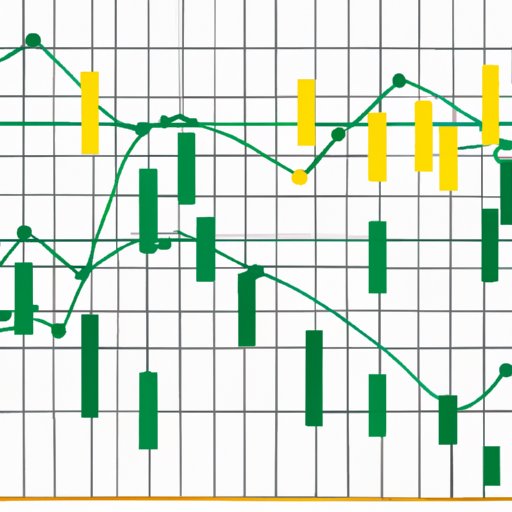
How to Make Money in Stocks: A Comprehensive Guide
Investing in the stock market can seem like a daunting task, especially for those who are new to the world of finance. With so many strategies and options available, it can be difficult to know where to start. However, with some basic knowledge and a clear understanding of your financial goals, you can profit from the stock market and make your money work for you. In this article, we will provide a comprehensive guide on how to make money in stocks, covering the fundamental concepts of stock analysis, dividend investing, day trading, charting and technical analysis, diversification, and portfolio management.
Analyze the Fundamentals
The first step to making money in stocks is to learn the fundamentals of stock analysis. Stock analysis is the process of evaluating a company’s financial health and growth potential. Key factors to consider when analyzing a company include its price-earnings ratios (P/E), market capitalization, revenue, and earnings growth.
A high P/E ratio indicates that investors are willing to pay more for the stock because they expect the company to grow in the future. Market capitalization refers to the total value of the company’s outstanding shares. Revenue growth is a measure of how much money the company is making, while earnings growth indicates how much profit the company is making. When combined, these factors provide a clear picture of the company’s overall financial health.
When picking potential winners in the stock market, it’s essential to look for companies with a strong history of revenue and earnings growth. Additionally, it’s important to consider trends in the industry in which the company operates, as well as macroeconomic factors that may affect its performance.
Focus on Dividend Investing
Dividend investing is an excellent strategy for those seeking steady income. Dividends are payments made by companies to their shareholders, and they can be a great way to supplement your current income or save for retirement.
When considering dividend investing, it’s important to look for companies with a good track record of paying dividends. Additionally, it’s important to consider the dividend yield, which is the percentage of the stock’s price that is paid out as dividends. A high dividend yield may be attractive, but it’s important to evaluate the company’s financial health to ensure that the dividend is sustainable over the long term.
It’s also essential to consider the risk associated with dividend investing. While dividends can provide steady income, they can also be affected by market volatility and economic risks. Diversification and proper portfolio management can help to mitigate these risks.
Discuss Day-Trading
Day trading is a strategy that involves buying and selling stocks within the same trading day. While day trading can be a profitable strategy, it’s important to understand the risks associated with this approach. Day trading requires a lot of research and analysis, as well as a solid understanding of market trends and patterns.
Using reliable sources of data is essential for effective day trading. It’s also important to have clear entry and exit strategies and to stick to them to avoid making emotional decisions that can lead to losses.
Charting and Technical Analysis
Charting and technical analysis involve using charts and other tools to analyze stock price trends and identify potential buying and selling opportunities. This approach involves using various charting indicators to identify patterns and trends in stock prices, as well as other technical indicators to confirm these trends.
It’s important to use charting and technical analysis as part of a comprehensive approach to investing, rather than relying solely on these tools. It’s also essential to consider the risks associated with this approach, as investor behavior can sometimes be influenced by these indicators.
Diversification and Portfolio Management
Diversification is the practice of spreading investments across different types of assets to mitigate risk. This approach includes investing in a range of stocks, bonds, and other financial instruments.
Proper portfolio management is essential for successful diversification. This includes developing a balanced portfolio that includes a variety of different assets, as well as regularly reviewing and adjusting your portfolio as needed.
Modern portfolio theory is a strategy that involves using statistical techniques to optimize portfolio returns based on the level of risk. This approach can be an effective way to balance risk and reward and make the most of your investments.
Conclusion
Investing in stocks can be a lucrative way to grow your wealth over the long term. By understanding the fundamental concepts of stock analysis, dividend investing, day trading, charting and technical analysis, diversification, and portfolio management, you can make informed decisions and maximize your returns. It’s essential to continue to educate yourself and learn more about the stock market to ensure long-term success.




